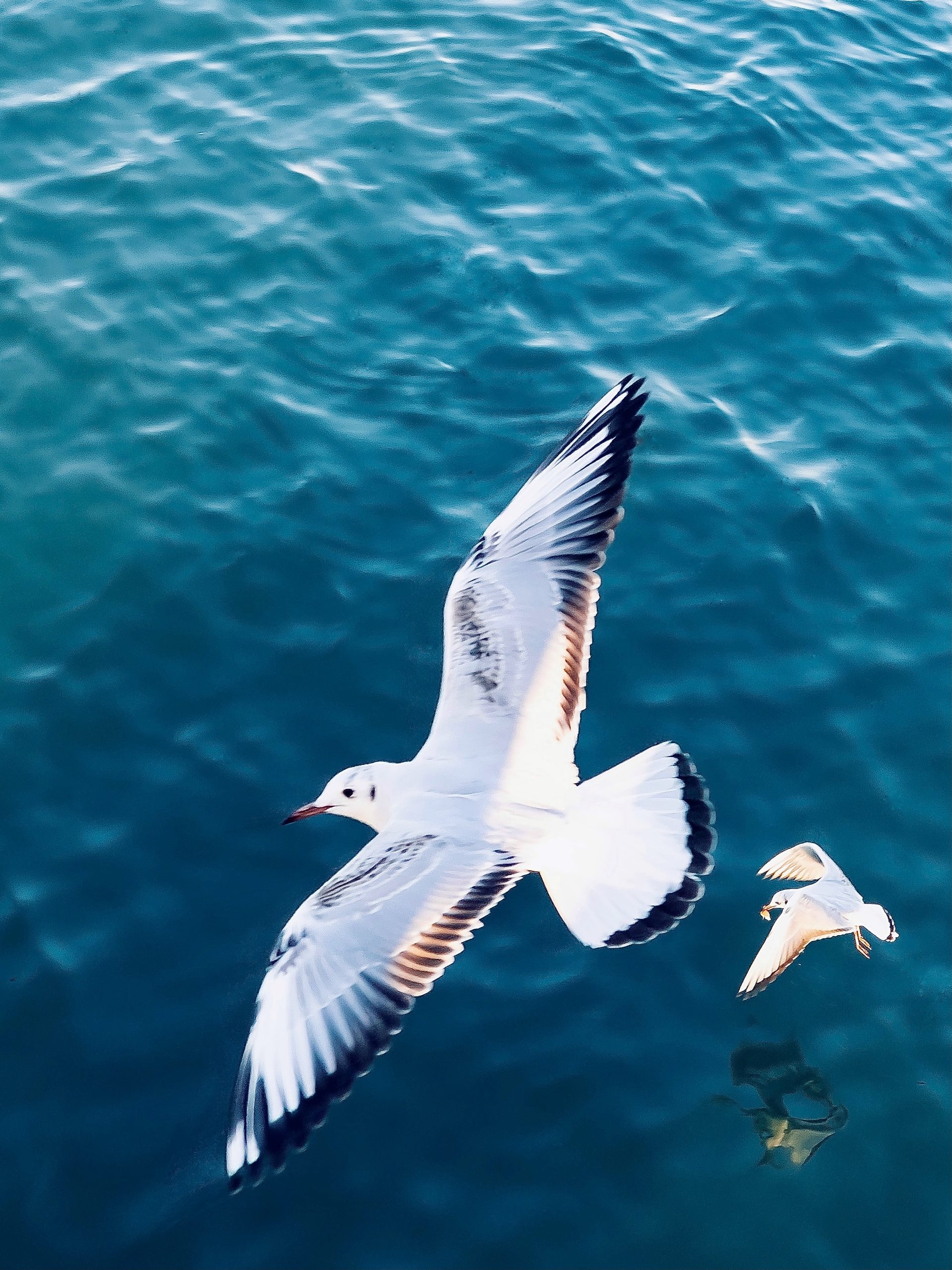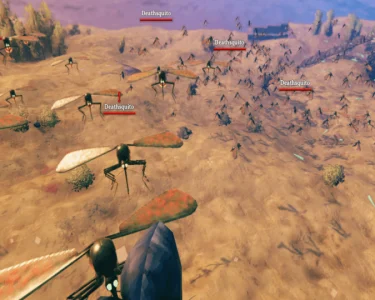Seagulls are a common sight along coastlines, but have you ever wondered how they manage to thrive in such a diverse and challenging environment? From navigating treacherous waves to scavenging for food on land, seagulls have developed a wide range of adaptations that allow them to survive and thrive in both marine and terrestrial environments.
One of the most important adaptations for seagulls is their ability to fly. Flying allows them to travel long distances in search of food or nesting sites, and also helps them avoid predators such as birds of prey. Seagulls have large, strong wings that allow them to soar for long periods of time, and they are also able to hover in place while searching for food.
Another important adaptation for seagulls is their ability to swim and dive. While most birds are unable to swim, seagulls have adapted to life on the water by developing webbed feet and a streamlined body shape. They are also able to dive underwater to catch fish or other prey, using their wings to propel themselves through the water. This combination of flying and swimming makes seagulls highly versatile and adaptable creatures.
Seagulls have also developed specialized feeding strategies to help them survive in their environment. Along the coast, they may scavenge for food in areas where human activity has disrupted the natural ecosystem. They may also steal food from other birds or animals, or catch their own prey through hunting or diving. In urban areas, seagulls have been known to scavenge for food in garbage cans or even steal food from people eating outdoors.
In addition to their physical adaptations, seagulls also have complex social behavior that helps them survive. They form large groups, or colonies, during the breeding season, which allows them to protect their young from predators and also facilitates social interactions such as mating and sharing food. Within these colonies, there is a complex hierarchy of dominance that helps ensure the survival of the fittest individuals.
Despite their adaptations, seagulls face many challenges in their environment. Pollution, habitat loss, and overfishing all threaten the survival of seagulls and other marine creatures. In addition, seagulls can be considered pests in urban areas where they may cause damage to buildings or steal food from people.
As we continue to study seagulls and their adaptations, it’s important to remember that these birds play a vital role in our ecosystem. They help control populations of smaller prey species, and also serve as an important food source for larger predators such as sharks and whales. By understanding and appreciating the adaptations that allow seagulls to survive in their environment, we can work to protect and preserve these fascinating and important creatures for generations to come.




